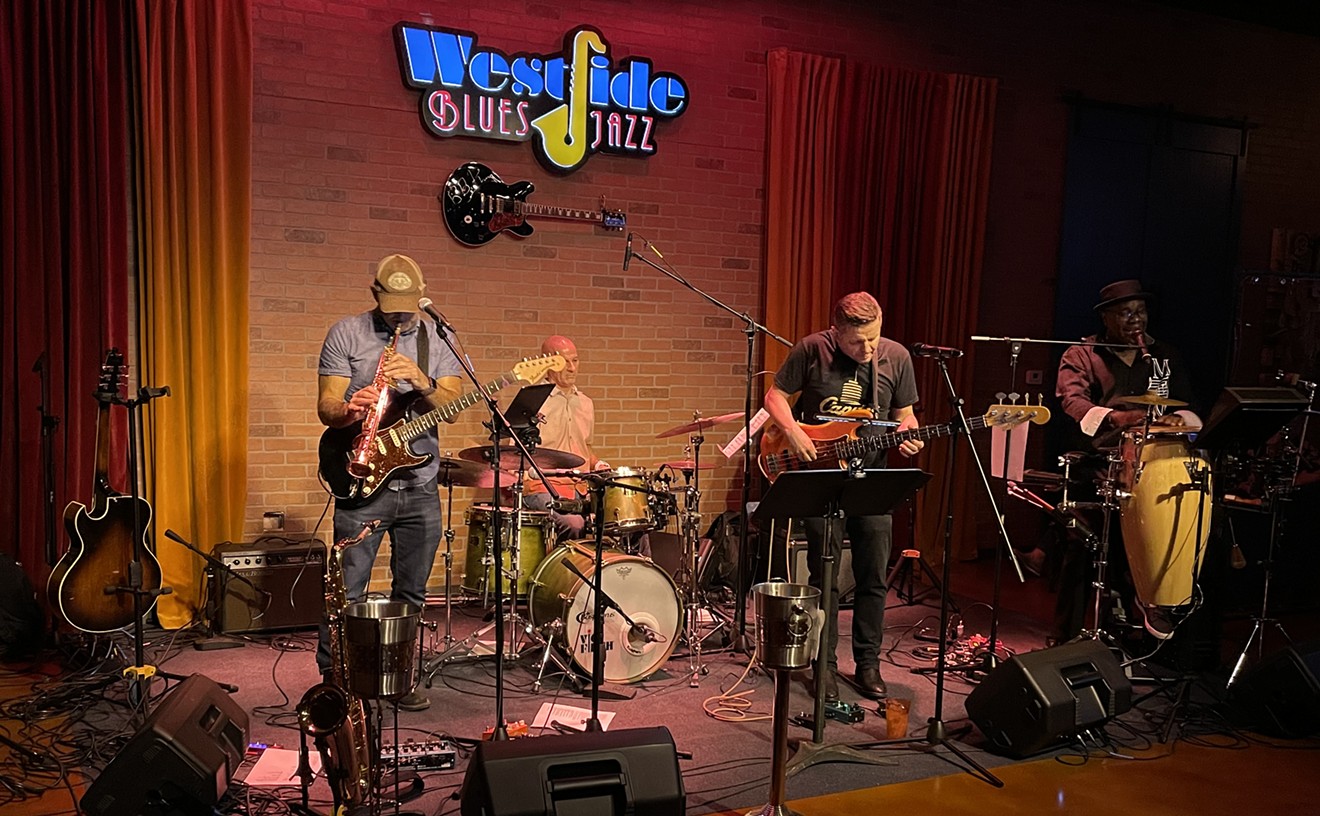There are two sides to electronic composer Scott Hansen. First, there's his vintage-inspired, sun-bleached graphic design work as ISO50. Then, there's his ambient chillwave project Tycho, named after the 16th-century Danish alchemist famed for his accurate work in astronomy. Like Tycho Brahe, Hansen is incredibly precise in his otherworldly and celestial music. Last year's Dive saw Hansen moving away from a sentimental Boards of Canada sound and toward a more oceanic dream state.
In a phone interview, Hansen spoke to New Times about the future of IDM, his fetish for analog sound, and creating from the ground up.
New Times: The bulk of your music is made using analog instruments, giving it an organic aura. Why do you think remaining analog is important?
Scott Hansen: I don't think it's important necessarily . . . If [vintage analog synthesizer] Mono/Poly was a digital synth and it sounded the same, I might be using it.
In general, analog [equipment] has a depth and a warmth that you don't get necessarily with the pristine converters they include in the newer digital synths . . . Also, older analog synthesizers didn't have patch memory. There's something nice about having every single control presented on the face. Not being able to save your patches is kinda interesting because you're always getting a slightly different sound. And when it comes time to find a new sound, there's a lot more experimentation involved . . . It's starting from the ground up. There's something interesting about that whole process.
NT: It's foreign, in a way, because you don't hear it as much anymore.
SH: Yeah. It's not trying to be too perfect, either. There's something nice about that quirk to it.
NT: Do you think we're reaching the limits of electronic music or just getting started?
SH: I'm sure we're just getting started. You can look at a genre like dubstep and it's pretty easy to tag that as the logical extreme of electronic music. When I was beginning with drum and bass in the mid-'90s, I thought that was the end-all and be-all, as far as people were gonna take sound design and production techniques.
There's always going to be somebody to push that in crazy new directions. Whether or not we've reached the limits of the traditional synth — the traditional model that Bob Moog developed — that's another question.
NT: You create a sense of timelessness with your music. How do you create soundscapes that seem both infinite and ephemeral at the same time?
SH: That's why I keep this fluidity to everything to induce this, to keep pulling you deeper and deeper into the song. I do that with layering and the repetition of ideas by removing them and bringing them back in a slightly different form later. "A Walk" is a good example: It has that piano line, then the bass hit changes the mood of it, then the second bass line hits and really changes the mood into another state. Then everything jumps out and everything comes back way more intense. I think that keeps pulling you deeper and deeper, especially if you keep ramping up the intensity so it isn't falling apart. It's more just coming together to a finer point. You have to focus more and more to see that piece.











